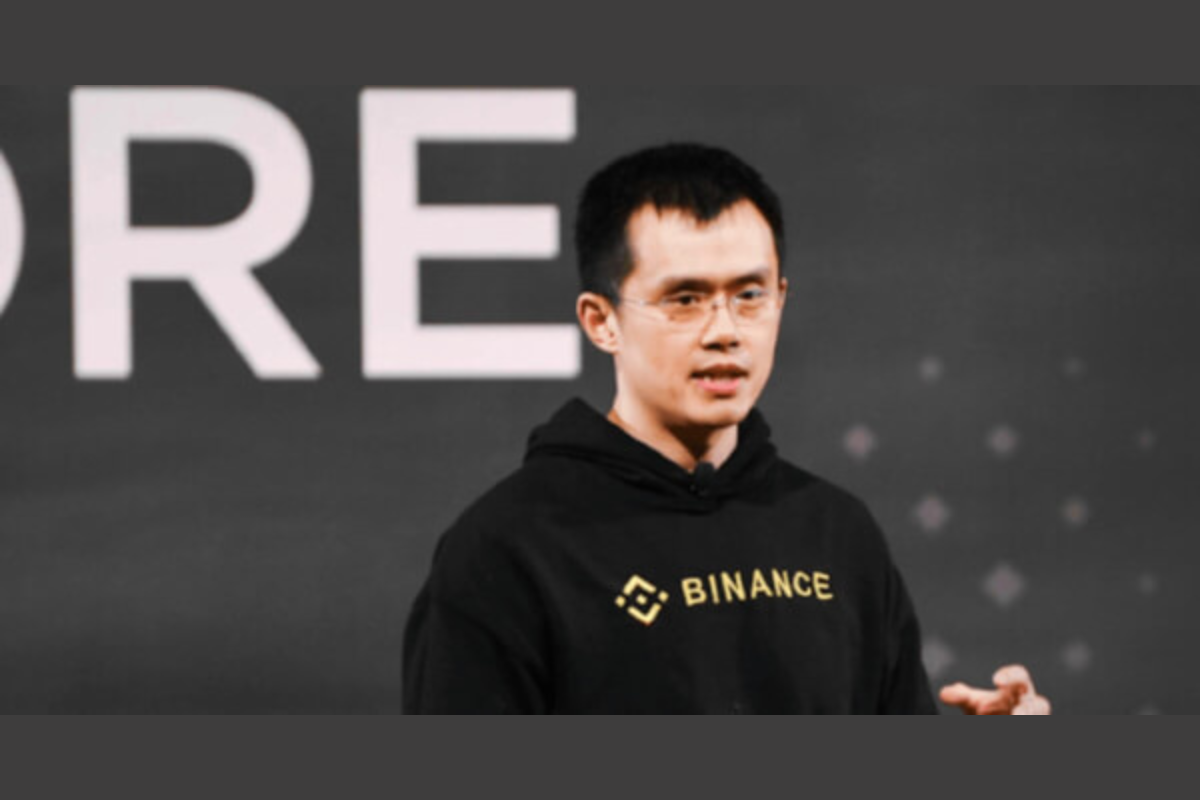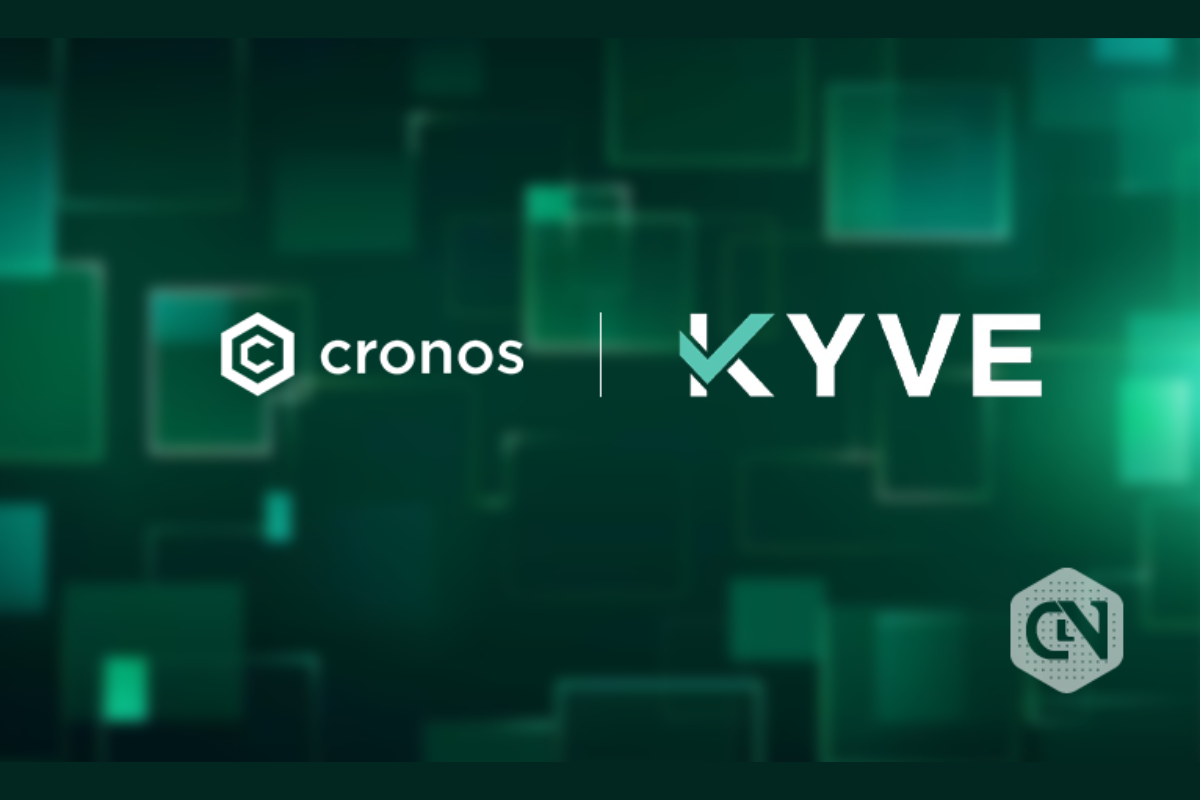Blockchain
Cyberport sheds light on venture capital opportunities in the new normal ahead of flagship Cyberport Venture Capital Forum

Cyberport’s annual flagship tech investment event, Cyberport Venture Capital Forum (CVCF), is slated to take place on 3-4 November. During the media briefing on 30 Oct 2020, Peter Yan, CEO of Cyberport; Eric Chan, Chief Public Mission Officer of Cyberport and Cindy Chow, Chairlady of the Cyberport Investment Network (CIN) shared their views on the latest trends in global venture capital investing and provided a preview of the upcoming event. Meanwhile, representatives of three start-ups incubated by Cyberport – Redsip, Snapask and MediConCen – shared on their latest developments and the fundraising efforts for the Blockchain InsurTech, smart living and EdTech industries under the new normal.
Peter Yan, CEO of Cyberport cited recent studies to suggest that the venture capital market has shown signs of slowly recovering in recent months despite having the initial slowdown due to the epidemic and global economic downturn; venture capital investments around the world saw an uptick in value to defy expectations of a decline. Fundraising within China’s venture capital market also saw increases in activity with growth in both the number of deals and the amount of capital committed. Several start-ups incubated by Cyberport, including Aqumon, Quantifeed and Rice Robotics closed fundraising deals in October 2020.
This trend can also be seen within the Cyberport Macro Fund (CMF) programme. From January to September 2020, the CMF invested US$4.14 million (approximately HK$32 million) in five start-ups – Aqumon, GetLinks, OneDegree, CapBridge and MediConCen. During this period, the co-investment ratio has improved to 1:12 from the overall 1:6 ratio throughout the years.
Peter Yan, CEO of Cyberport said, “We have witnessed an increase in market demand for innovative technology solutions and the rapid development of related industries amidst accelerated digital transformation. We encourage our start-ups to show agility and versatility to grasp market opportunities and utilize Cyberport’s platform to seek business opportunities and connect with investors all over the world.”
Eric Chan, Chief Public Mission Officer of Cyberport said, “CVCF is our flagship event to connect investors and the start-ups community. We hope that this year Cyberport will play an even more effective role as a platform to facilitate deal flow. Amidst the epidemic, the number of exhibiting start-ups tripled compared to last year, reflecting a strong demand for venture capital investment. As more industry professionals and investors participate, we hope start-ups can understand the latest market trends and pursue the right direction for future development by learning from successful case studies and availing insights shared by internationally renowned speakers.”
Cindy Chow, Chairlady of the CIN said, “There are currently over 100 members in the Cyberport Investors Network (CIN), over seven-tenths of whom are based in Hong Kong, and a fifth hail from the Greater Bay area. We have been organizing different activities to foster communication between investors and start-ups to assist start-ups in capturing fundraising opportunities. Even if the investment environment has been challenging in the past year, average deal sizes continue to grow, which indicates that investors are still showing interest in projects of great potential.”
Cyberport empowers start-ups to seize opportunities amidst crisis
Several start-ups representatives shared their insights on the development of Blockchain InsurTech, smart living, and EdTech industries. In particular, William Yeung, Co-founder and CEO of MediConCen, shared how his medical platform raised funds from Cyberport Macro Fund in September despite the uncertain business environment. “We have always hoped to improve the process of medical claims with technology thereby improving the experience with insurance products. As the epidemic strengthened the general public’s understanding of insurance products, it allowed us to seize opportunities amidst the challenges and use blockchain-based technology to provide insurance services. With the support of Cyberport, we were able to raise funds quickly; and we have gained numerous partners through Cyberport’s network which had allowed us to learn from each other,” said William Yeung.
Redsip, a social media platform for wine enthusiasts, was present at last year’s CVCF and successfully closed deals within two weeks of meeting investors at the event. “We launched our product during the epidemic, coinciding with the emergence of a booming ‘stay at home’ economy under the new normal, which resulted in rapid organic growth in our user base. We hope to soon enter the markets of the Greater Bay Area, San Francisco and Singapore,” said Qing Li, co-founder and CEO of Redsip.
The epidemic has also accelerated the adoption of e-learning initiatives in the city and EdTech has emerged as one of the most watched technology spaces. Online education platform Snapask was part of the first batch of start-ups to receive investments from CMF in 2018, and it raised over US$35 million in a Series B round earlier in the year. Katherine Cheung, Snapask’s Chief Marketing Officer, outlined how the epidemic had led to observable changes in the demand for their services and the opportunities available within the industry. “Due to the epidemic, schools were suspended on multiple occasions yet the demand for learning remained, proven by the significant growth in the usage and the number of users of Snapask’s platform. In addition to matching us with suitable investors, Cyberport has also helped us in finding a sustainable operational model. We believe that the education industry will gradually shift towards a more interactive mode of learning,” she said.
CVCF introduces brand-new experiences to drive deal-flow
Cyberport has continually endeavoured to broaden the pool of smart capital and facilitate deal-making opportunities for start-ups. As CVCF continues to become an increasingly important event in the international investment calendar, this year’s event will bring a brand-new experience for both investors and start-ups.
Held as a virtual event for the first time, beyond the two days of live content, the event platform will be open to participants for a full month, providing start-ups with broader exposure and higher chances of being matched with suitable investors.
It will also include two international partner events – Silicon Dragon HK 2020 and the inaugural Edventure Global Business Acceleration Summit. 100 start-ups from all over the world have also been invited to showcase their innovative solutions at CVCF and the Summits, establishing a truly global platform for information exchange and investment exploration.
This year is also the first time CVCF will be partnering with Jumpstart to conduct “in-depth matching” for start-ups to help them find investors across Asia. It has already successfully arranged over 100 one-on-one meetings with investors from Asia, including India, Japan, South Korea, Indonesia, Thailand and Singapore.
Blockchain
39% of Canada’s institutional investors have exposure to crypto: KPMG

According to a report from CoinTelegraph, nearly forty percent of institutional investors in Canada have exposure to cryptocurrency, as revealed by KPMG. This finding underscores the growing acceptance and adoption of digital assets among institutional investors in the country.
The report indicates that a significant portion of institutional investors in Canada are actively investing in or exploring opportunities in the cryptocurrency market. This trend reflects a shift in sentiment towards digital assets, with more investors recognizing the potential for long-term growth and diversification offered by cryptocurrencies.
KPMG’s findings highlight the increasing mainstream acceptance of cryptocurrencies among traditional investors, as well as the growing interest in blockchain technology and its potential applications across various industries. As institutional investors continue to enter the cryptocurrency market, they are expected to bring additional capital and liquidity, further fueling the growth and maturation of the digital asset ecosystem.
Overall, KPMG’s report signals a significant milestone in the adoption of cryptocurrencies in Canada, indicating that institutional investors are increasingly recognizing the value proposition of digital assets and integrating them into their investment portfolios. This trend is likely to accelerate the broader adoption and mainstream acceptance of cryptocurrencies in the country and beyond.
Source: cointelegraph.com
The post 39% of Canada’s institutional investors have exposure to crypto: KPMG appeared first on HIPTHER Alerts.
Blockchain
BounceBit (BB) Megadrop Now Open: Participate by Subscribing to BNB Locked Products or Completing Web3 Quests

The BounceBit (BB) Megadrop is now open for participation, as announced by Blockchain.News. This event presents an exciting opportunity for users to earn BB tokens by engaging in various activities, including subscribing to BNB locked products and completing Web3 quests.
Participants can join the BB Megadrop by subscribing to BNB locked products or completing Web3 quests, both of which offer different avenues for earning BB tokens. By participating in these activities, users have the chance to accumulate BB tokens and potentially benefit from the rewards associated with the Megadrop.
Subscribing to BNB locked products allows users to earn BB tokens by locking their BNB assets for a specified period. This not only provides users with an opportunity to earn rewards but also contributes to the liquidity and stability of the BounceBit ecosystem.
Additionally, completing Web3 quests offers users an alternative way to earn BB tokens by engaging in various tasks and challenges related to Web3 technology. These quests provide users with a fun and interactive way to learn about blockchain and cryptocurrency while earning rewards in the form of BB tokens.
Overall, the BB Megadrop presents an exciting opportunity for users to participate in the BounceBit ecosystem and earn rewards by engaging in activities that contribute to the growth and development of the platform. As the Megadrop progresses, participants can look forward to additional opportunities to earn BB tokens and potentially benefit from the rewards associated with this event.
Source: blockchain.news
The post BounceBit (BB) Megadrop Now Open: Participate by Subscribing to BNB Locked Products or Completing Web3 Quests appeared first on HIPTHER Alerts.
Blockchain
Cronos collaborates with KYVE to revolutionize Blockchain Data

Cronos, a prominent blockchain platform, has announced a collaboration with KYVE aimed at revolutionizing blockchain data, as reported by CryptoNewsZ. This partnership represents a significant step forward in enhancing the efficiency and scalability of blockchain data storage and retrieval.
The collaboration between Cronos and KYVE seeks to leverage KYVE’s decentralized data storage and retrieval solution to enhance the capabilities of the Cronos blockchain platform. By integrating KYVE’s technology, Cronos aims to address the challenges associated with storing and accessing large volumes of data on the blockchain, such as scalability and cost-effectiveness.
KYVE’s decentralized data storage solution utilizes a network of distributed nodes to store and retrieve data, ensuring high availability and reliability. This approach not only improves the efficiency of data storage and retrieval but also enhances the security and resilience of the blockchain network.
The partnership between Cronos and KYVE is expected to unlock new possibilities for decentralized applications (dApps) and smart contracts built on the Cronos platform. By providing a more efficient and scalable solution for blockchain data management, Cronos aims to attract developers and enterprises seeking to leverage blockchain technology for a wide range of applications.
Overall, the collaboration between Cronos and KYVE represents a significant development in the blockchain industry, highlighting the importance of innovation and collaboration in driving the evolution of decentralized technologies. As the partnership progresses, it is poised to deliver transformative benefits for blockchain data management and accelerate the adoption of decentralized applications and services.
Source: cryptonewsz.com
The post Cronos collaborates with KYVE to revolutionize Blockchain Data appeared first on HIPTHER Alerts.
-

 Blockchain Press Releases7 days ago
Blockchain Press Releases7 days agoDWF Labs joins the Klaytn Governance Council
-

 Blockchain7 days ago
Blockchain7 days agoPhoenix Group Engages BHM Capital as Liquidity Provider to Boost ADX Liquidity and Enhance Market Dynamics
-

 Blockchain7 days ago
Blockchain7 days agoCrypto fans count down to bitcoin’s ‘halving’
-

 Blockchain7 days ago
Blockchain7 days agoTether USDT stablecoin goes live on TON blockchain
-

 Blockchain Press Releases3 days ago
Blockchain Press Releases3 days agoDeFi Lens builds advanced Generative AI for Technical Analysis
-

 Blockchain2 days ago
Blockchain2 days agoVenezuela’s Oil Giant Turns to Crypto as US Sanctions Bite Again
-

 Blockchain7 days ago
Blockchain7 days agoCrypto and Blockchain Weave Deeper Into the Biometrics Space – Identity News Digest
-

 Blockchain2 days ago
Blockchain2 days agoHalving weakness sees $206 million exit crypto funds, Bitcoin miners pivot to AI










































